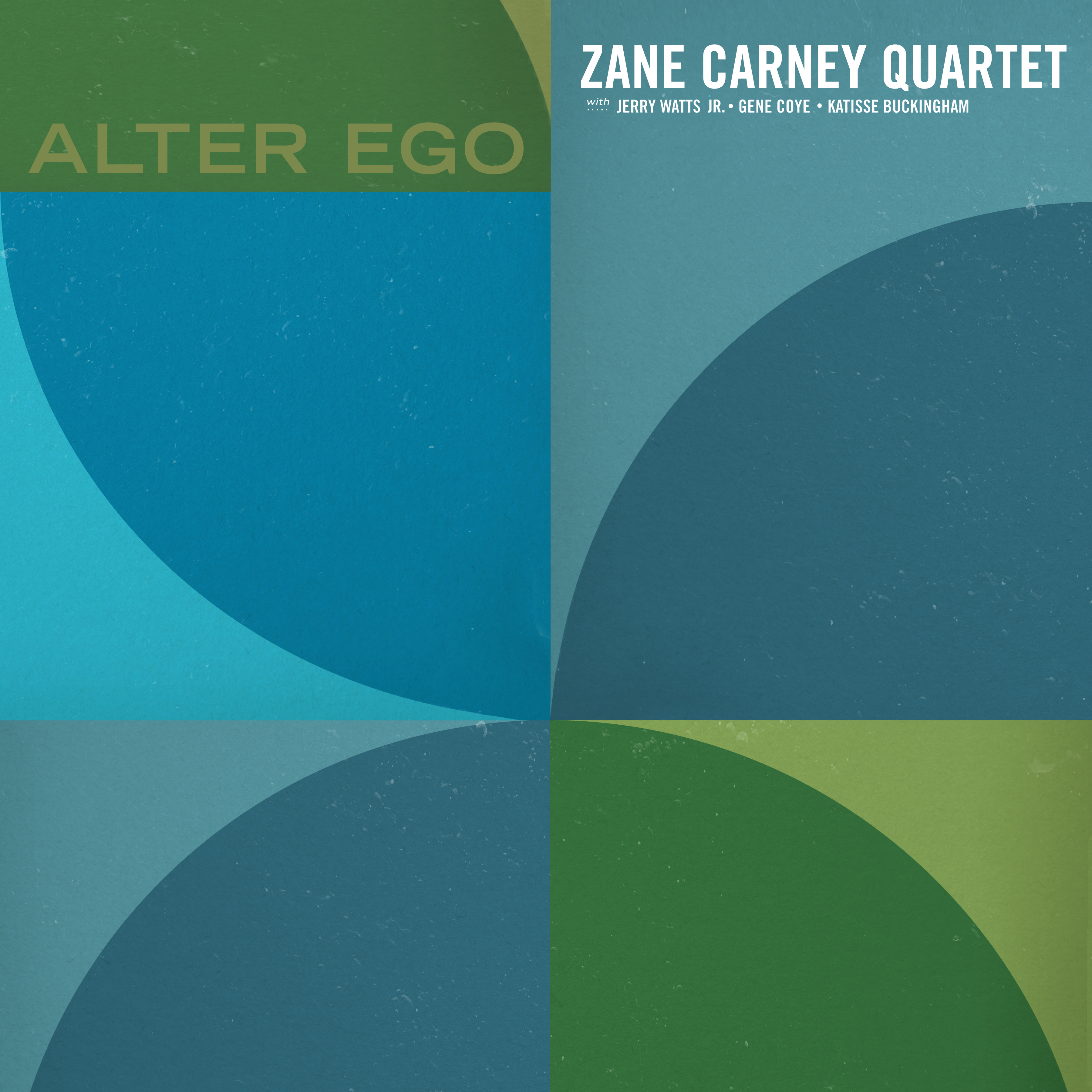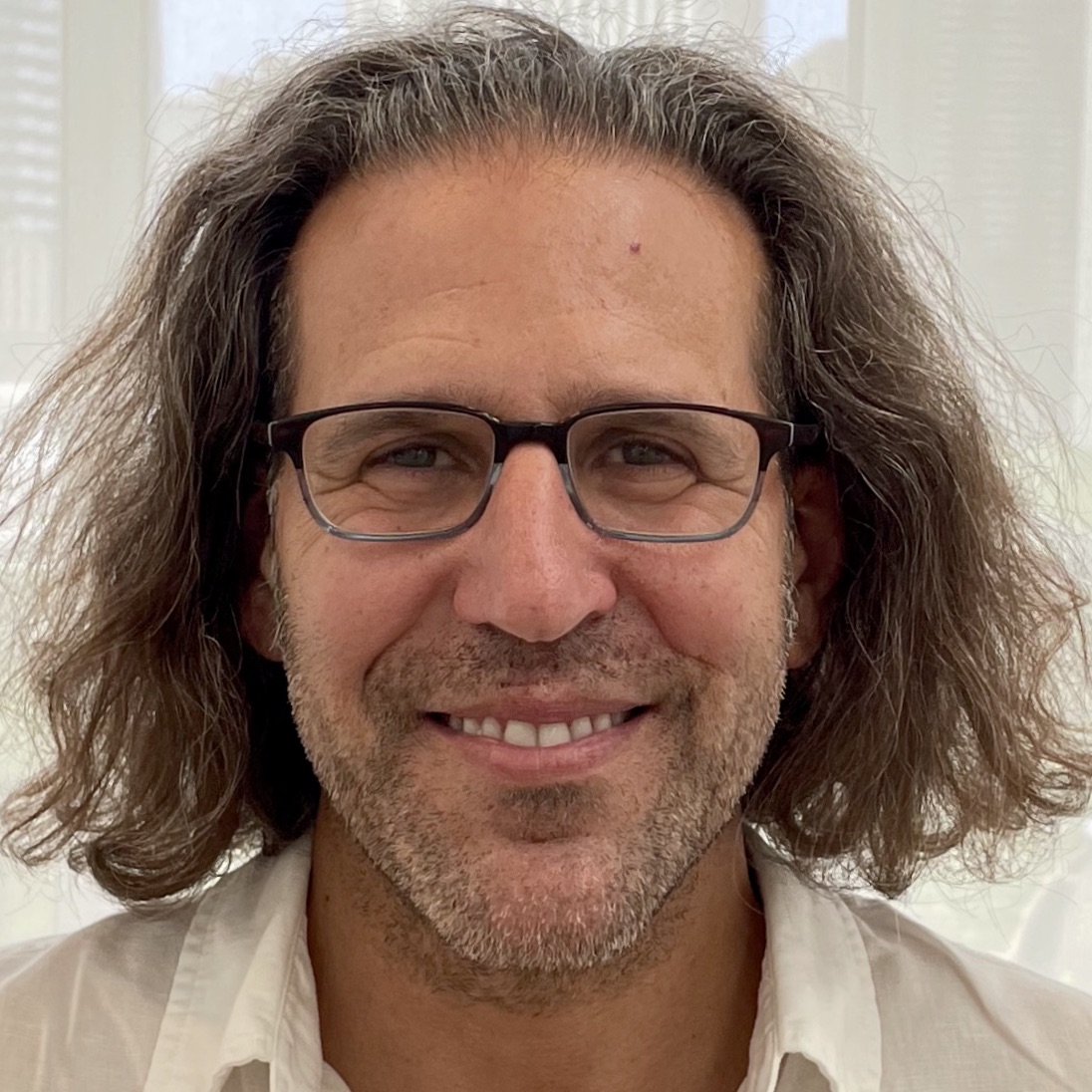
“New ears for new music. New eyes for what is most distant. A new conscience for truths that have hitherto remained unheard.” ~ Nietzsche
In the discipline of Aesthetics, a perennial question is how much education is necessary to appreciate an artwork? If you put a 3 year-old in front of a Picasso, Pollock, Duchamp or Rothko how would it perceive and conceive of those images? What if you told the child that the Picasso was valued at $150 million dollars? And then, what if, over the next twenty years you taught the child the history of art from cave paintings through the Renaissance through Romanticism through Realism through Impression, Cubism, Abstract Expression, etc.? How would twenty years of art history education affect one’s perception, conception and appreciation of a tableau?
What about modern jazz?
How educated must one be to appreciate modern jazz with all of its frenetic flurries, discordant diversions, fantastical flavors, eclectic pitches and progressions?
I recall in the early 1990s watching Cecil Taylor play upstairs at the Knitting Factory on Houston Street… I recall watching John Lurie and the Lounge Lizards play there too… I recall watching Ornette Coleman play… I was intrigued by their dexterity, I felt compelled by their adventurousness, but — if I am to be honest — I was overwhelmed by the music. I didn’t possess the auditory acuity to assimilate and appreciate their languages. Yet.
Over the years I watched Ken Burn’s “History of Jazz,” read biographies of Duke Ellington, Miles Davis, John Coltrane, and spent hours listening and trying to understand what was going on in jazz songs. How were the melodies progressing and why the musicians made the thematic choices that they made? After studying jazz for some time I turned my attention to classical music and trying to understand different interpretations of Mahler’s symphonies.
And then one night in 2016 at the Baked Potato in Studio City I heard Zane Carney.
The phrase “uniquely familiar” jumped out at me when I watched him play. It means that something marginally fits into our already conceived paradigms yet pushes the limits. It was as if Zane Carney knew all 1 million words in the English language and I only knew 500,000.
But having an immense vocabulary doesn’t necessarily make someone a great poet — right? I mean, one needs to have a natural lyricism, a faculty for rhythm, a comprehension of flavors, tones, hues, pitches and subtle nuances… something greater, something higher, something liminal…
Zane Carney has all of that and more. Zane Carney is the Picasso of modern jazz.
Listening to the Zane Carney Quartet’s new CD “Alter Ego” featuring Jerry Watts Jr. on bass, Gene Coye on drums, and Katisse Buckingham on woodwinds, I was reminded of all of the adventurous lyrical spirits I watched explore the margins of jazz thirty years ago in the East Village. “Alter Ego” is bursting with aliveness. It’s a celebration. It’s lyrical and poetic and works as viscerally as a tantalizingly delicious 4 star Michelin meal while continuously pushing your ears to new vistas.
“Alter Ego” features a series of improvised compositions, experiments, and sketches, as well as two rearranged standards. Zane says, “This is the first time my actual improvisational spirit is being expressed in recorded format. I wanted to capture the sparks that fly when Jerry, Gene, Katisse and I improvise together and document the untamed, almost manic spirit that LA’s late night jazz scene has produced: there is a certain energy and freedom that transcends genre. West Coast jazz is genreless, it’s reckless, it’s audacious, and it pushes boundaries. In order to summon that ferocity, we approached this session as one might approach an unmoderated debate: no judgement or rules, freely exploring new lands harmonically, whenever a member felt like leading the charge. I wanted us to be as nimble and agile as possible, so we could access that core flow state more readily. Every one of us served as a conversation-leader at different points on the record, and I think you hear that especially on songs like ‘Alter’ and ‘Lost.’”
“Alter Ego” revels in tensions and the new possibilities they explore. The Zane Carney Quartet taunts listeners into probing and expanding their own vocabularies and understandings of music in general and jazz in particular. It is a milestone that shape-shifts from track to track like all classic jazz records do, defying genre expectations and refusing all stylistic affiliations. Modern jazz has an audacious new visionary challenging the status quo: Zane Carney.


